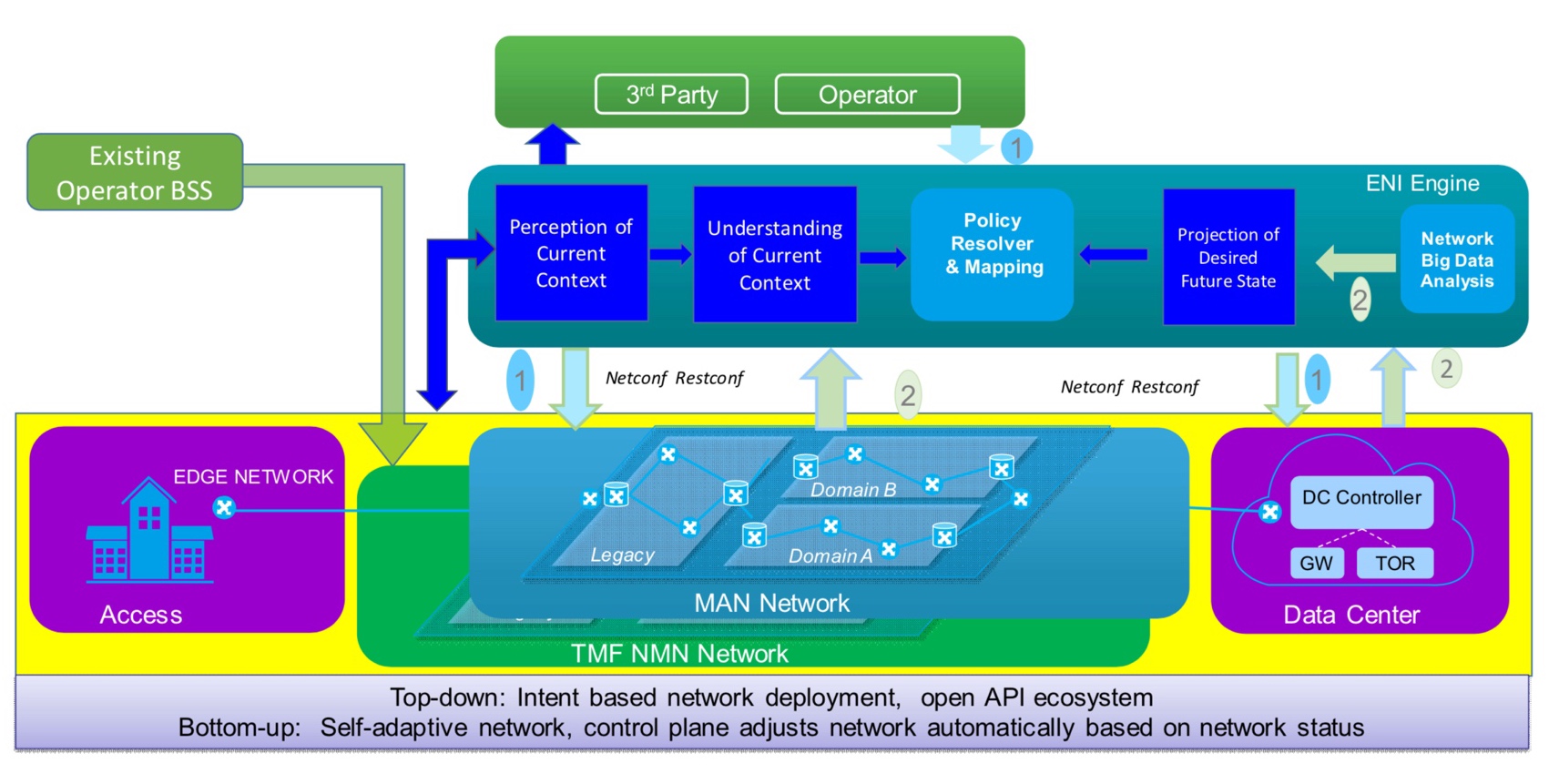ADVA enables the sharing of spectrum at the optical layer
 Monday, June 22, 2020 at 3:50PM
Monday, June 22, 2020 at 3:50PM • Spectrum-as-a-service enables third parties to run networks over existing optical infrastructure.
• ADVA has also simplified linking systems to the metro-access network using self-tuning SFP+ optical modules.
ADVA has developed a scheme whereby communications service providers can sell unused fibre capacity to customers to design and run their own optical networks.
“Optical spectrum-as-a-service gives communications service providers tools to sell spectrum to someone else who now doesn’t need to build a parallel infrastructure,” says Jörg-Peter Elbers, ADVA’s senior vice president, advanced technology, standards and IPR.
 Jörg-Peter Elbers
Jörg-Peter Elbers
ADVA has also developed a G.metro-compliant dense wavelength-division multiplexing (DWDM) scheme to simplify linking business parks, radio cell towers and small cells to a metro-access network.






